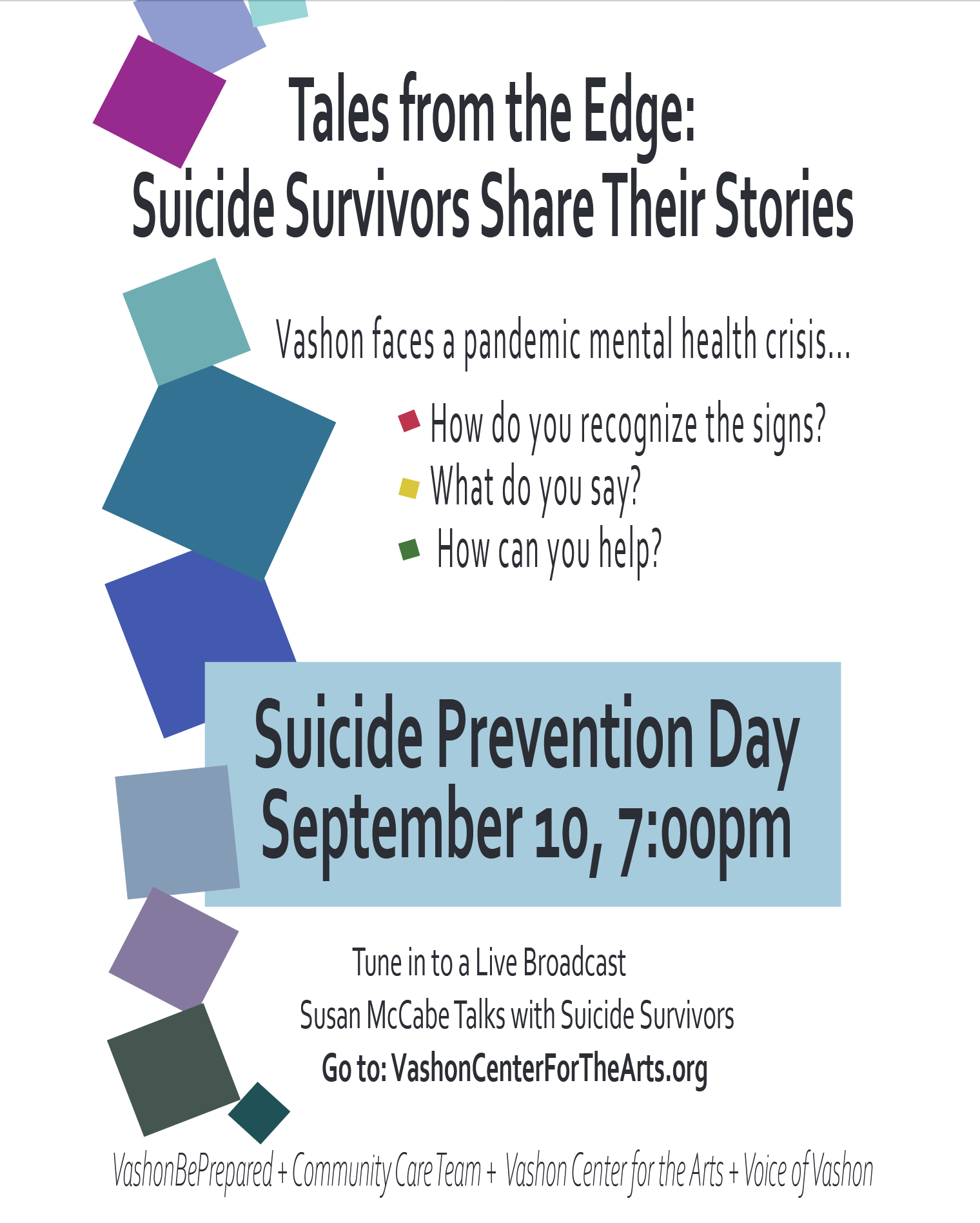Now Available - Reducing the Risks of Nonstructural Earthquake Damage-A Practical Guide
- John Cornelison
- August 27, 2014
Table of Contents
 The recent August 24, 2014 earthquake outside of Napa, California again demonstrated the seismic risk posed by a building’s nonstructural components. In general, the components of a building’s structural system that support the building and keep it standing—the frame, walls, and roof—performed very well in the Napa Valley earthquake. However, the nonstructural components of a building—the cladding, interior walls, ceilings, utilities, and contents – were responsible for more than 90 percent of the damage.
The recent August 24, 2014 earthquake outside of Napa, California again demonstrated the seismic risk posed by a building’s nonstructural components. In general, the components of a building’s structural system that support the building and keep it standing—the frame, walls, and roof—performed very well in the Napa Valley earthquake. However, the nonstructural components of a building—the cladding, interior walls, ceilings, utilities, and contents – were responsible for more than 90 percent of the damage.
For more than 30 years, FEMA has been developing and disseminating technical guidance to improve the seismic safety of new and existing buildings, one of its responsibilities under the National Earthquake Hazards Reduction Program (NEHRP). FEMA is continuing that role with the publication of Reducing the Risks of Nonstructural Earthquake Damage—A Practical Guide, Fourth Edition (FEMA E-74 CD).
In 2013, FEMA completed an updated, interactive fourth edition, FEMA E-74 Reducing the Risks of Nonstructural Earthquake Damage, designed primarily for online use. FEMA E-74 includes information on the behavior of nonstructural components in earthquakes and the consequences of damage; survey and assessment procedures for nonstructural components in existing buildings; nonstructural hazard reduction programs for existing buildings and new construction; and detailed illustrations of possible earthquake damage and mitigation measures for a variety of nonstructural components. The updated fourth edition covers about 70 different examples of nonstructural components, compared to about 12 examples in the previous edition, and incorporates examples from three major earthquakes in Chile, New Zealand, and Japan. The Structural Engineers Association of California (SEAOC) awarded FEMA E-74 and its developers the SEAOC Award of Excellence.
The new FEMA E-74 CD includes the PDF version of FEMA E-74 and a training resource developed by the Applied Technology Council (ATC): instructor and student materials for 4- to 5-hour live training classes. This past year, thousands have been trained in FEMA E-74 via webinars held across the United States and via In-person training classes. Audiences for FEMA E-74 and FEMA E-74 CD include building owners and managers, maintenance personnel, store or office managers, corporate or agency department heads, risk managers, and safety personnel. For the future, FEMA and its partners will continue to incorporate new data on nonstructural failures into FEMA E-74.
To order your copy of FEMA E-74 CD from the FEMA Publications Warehouse, call 1-800-480-2520 or fax your request to 1-240-699-0525, FEMA Publication Order Form.
To view or download FEMA E-74 or other FEMA earthquake publications and products, visit FEMA Earthquake.


 Registration is open during July ONLY for the upcoming NW Citizen Corps Expo, to be held from 7:30 AM to 5 PM on August 20th at the Washington State Fire Training Academy (east of North Bend on I-90).
Registration is open during July ONLY for the upcoming NW Citizen Corps Expo, to be held from 7:30 AM to 5 PM on August 20th at the Washington State Fire Training Academy (east of North Bend on I-90).